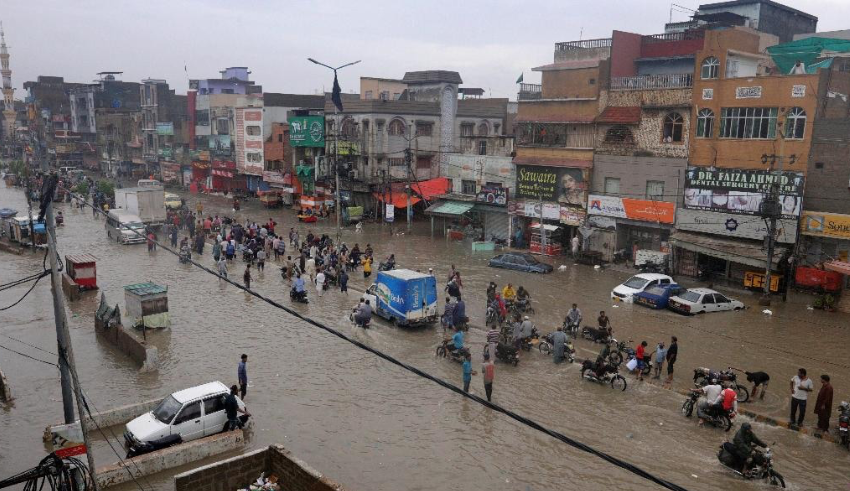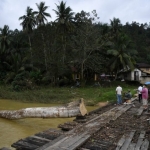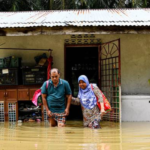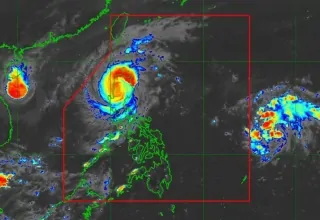
Karachi, the largest city in Pakistan, was hit with monsoon rains that were stronger than usual on Monday (July 25), which led to the flooding of homes and the impassability of roadways, prompting the city’s administration to declare a weather emergency.
The monsoon season, which typically runs from June until September, is critical for a number of reasons across the Indian subcontinent, including the irrigation of crops and the replenishment of lakes and dams; nevertheless, it also delivers a wave of destruction each year.
According to research conducted by the non-governmental organization Germwatch, Pakistan is the sixth most vulnerable nation to the impact of extreme weather brought on by climate change.
On Monday, the provincial government of Sindh declared a public holiday in Karachi and Hyderabad in an effort to prevent flood pandemonium. However, low-lying districts, which were already soaked from weeks of heavy rain, were quickly the scenes of devastation despite the government’s efforts.
Related Posts
“More rains are forecast in Karachi until tomorrow,” cautioned Sardar Sarfraz, who serves as the director of the Met office.
According to the National Disaster Management Authority, the monsoon rains have been a contributing factor in the deaths of at least 312 individuals since June. At least two individuals were killed on Monday when electricity wires that had fallen into flooded streets in Karachi electrocuted them. This is a common way for people to die in the city during the rainy season.
According to the National Disaster Management Authority, the monsoon rains have been a contributing factor in the deaths of at least 312 individuals since June.
At least two individuals were killed on Monday when electricity wires that had fallen into flooded streets in Karachi electrocuted them. This is a common way for people to lose their lives in the city during the rainy season.
In addition, planes and train operations were hampered by the heavy rain that fell on the megacity of 15 million people.
The biggest flooding in recent history occurred in 2010, when it covered roughly a fifth of the country’s surface, when nearly 2,000 people lost their lives, and when 20 million people were forced to relocate.




























